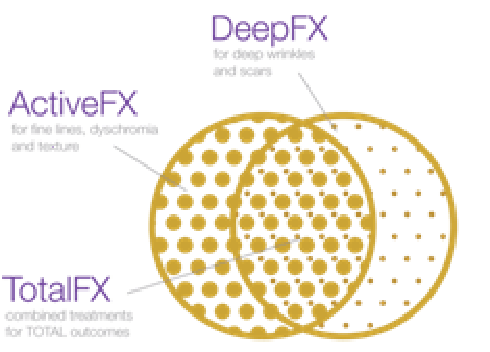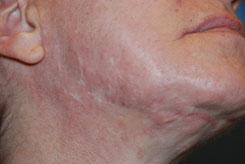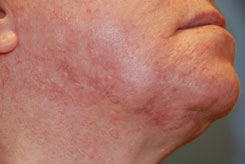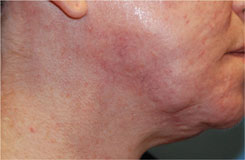Facelift for Acne Scarring and other options by Dr. Philip Young of Bellevue | Seattle:
Question: Is a facelift the best option for acne scarring? What other options do I have?
Answer: A Facelift is not the first option but I have noticed improvement in Acne Scarring from this procedure. I personally have many patients that have noticed a significant improvement on their acne scarring from a facelift procedure. Is the facelift a procedure that is usually recommended to a person to improve their acne scars? The answer is “no”. But I usually present all options to the patient. Among these options include laser resurfacing, chemical peels, dermabrasion, dermasanding, fillers, fat injections, and excisional techniques. It depends on how your scars look like. If you have alot of deep ice pick scars you may need some excisions to completely remove them. Of course if they are everywhere you might have to pick and choose which ones to excise or cut out. This excisional approach is usually followed by some resurfacing. I usually prefer to excise and then resurface the areas at the earliest 6-8 weeks. One important point to remember is that the goal is improvement. Your skin is probably not going to ever look like your skin when you were a baby of course. But we can make it better! Fat injections and fillers can be used to break up the scarring that sometimes holding the skin down to the deeper layers. This often causes the scars to be held down. Fat injections is the best way to soften up the adhesions of scarring to allow the skin to come away from the deeper scarring. Here is a live demonstration of fat injections being done in the face (Dr Young is a fat injections specialist from Seattle, Washington). Fillers can also do this, but less well. Here is a live demonstration video of an Acne Treatment Procedure.
I hope that helps.
Thanks for reading,
Dr Young
Dr Young specializes in Facial Cosmetic and Reconstructive Surgery and is located in Bellevue near Seattle, Washington



